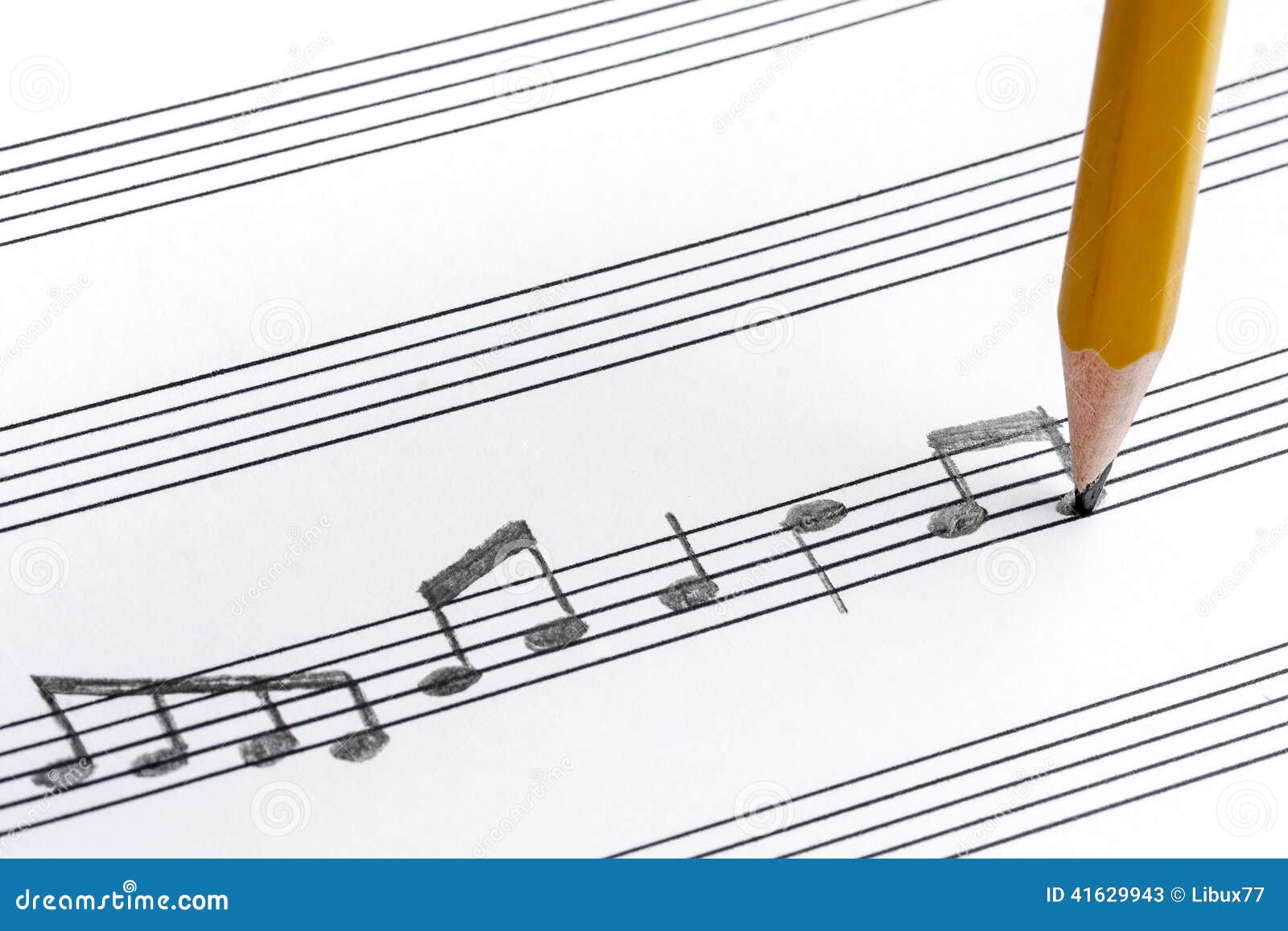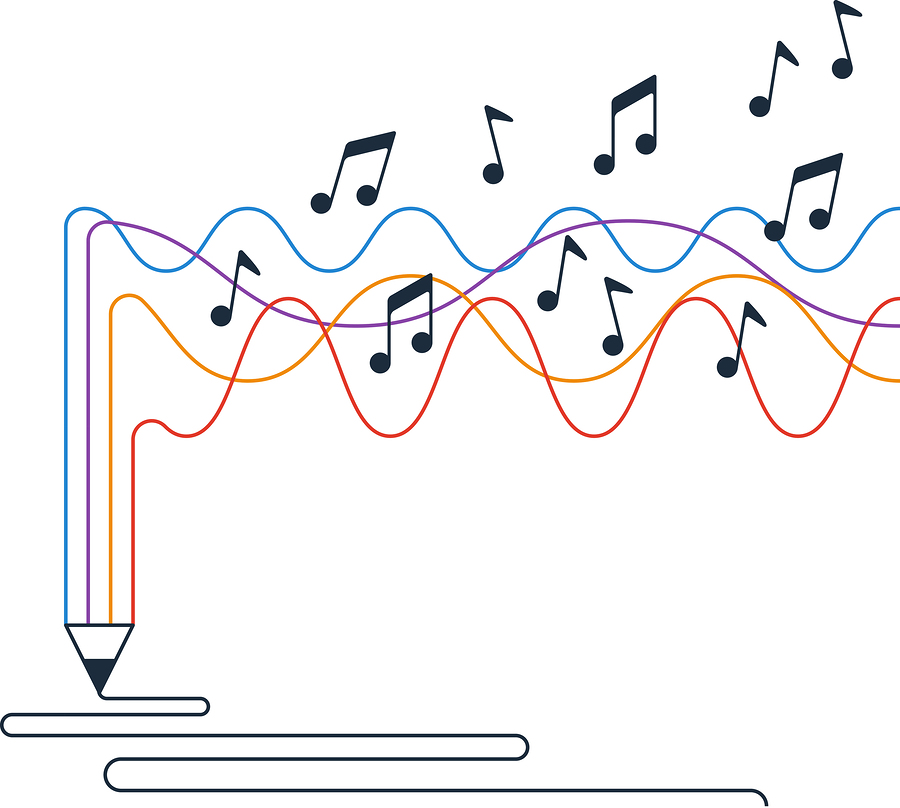
This I think is unfortunately common, and in some modern guitar music, you can almost guess which pieces the composer was listen to while conceiving their own piece. I wanted them to think this way, so I tried to only answer direct questions that they had, and not suggest any particular tricks or ideas, lest I unwittingly lead them down the road of writing a reworked collage of music from other pieces.

This is possibly because they were not allowing worries about playability limit the flow of their musical imagination, as Britten has said about the writing process for Nocturnal. Examples include Benjamin Britten’s Nocturnal and Alberto Ginestera’s Sonata for Guitar, and the works of Heitor Villa Lobos and Manuel Maria Ponce written for Segovia in the early twentieth century. It was important to me that they had not written for guitar before not only as I needed to see how someone with no knowledge of the guitar would approach writing for it, but also because historically the most unique and interesting music for the guitar was written by people who were unfamiliar with the instrument. To do this, I commissioned two composers at Trinity Laban Conservatiore of Music and Dance, Mike MacLennan and Declan Kolakowski, who had not written for guitar before, in a hope that their pieces would allow me to look through their eyes, and see my instrument as if I had never seen it before.

It is possible that, in general, most composers tend to shy away from writing for guitar as they are unfamiliar with the limitations of the instrument, and the rewards of writing an opera or a string quartet are much greater.įor this project I wanted to outline the possibilities for guitar writing and explain the mechanics of guitar music in such a way as someone who was completely unfamiliar with the guitar would be able to understand. The other main chunk of the guitars repertoire is taken up with arrangements of music written for other instruments.

Much the music for the guitar is written by guitarist/composers and could be described as ‘Gebrauchmusik’, that is, music which is well written for the instrument, and is as such useful for educational purposes, but has little artistic value and is generally not recognised by the mainstream classical music establishment. The guitar often finds itself on the periphery of the modern classical music scene, and the repertoire for the instrument often reflects this.


 0 kommentar(er)
0 kommentar(er)
